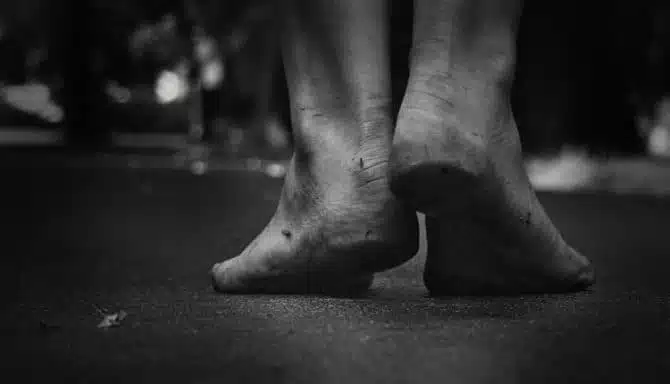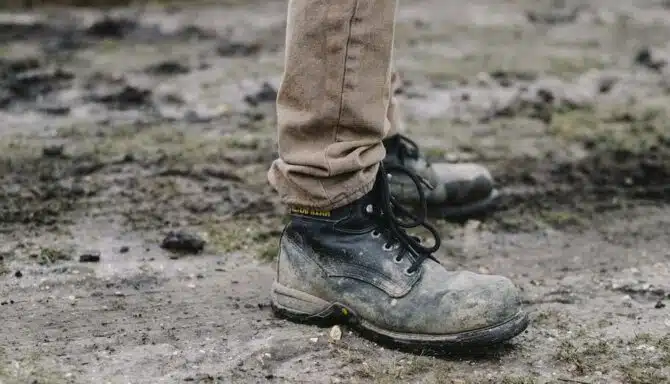Top-notch athletic foot health is key, especially when summer rolls around. Your activity level changes in the summer when you start spending more time outdoors pounding the pavement in the sun. To make sure your feet don’t hold you back from your summer plans, here are our top summer sports foot care tips for healthy feet.

Preventing Summer Sports Injuries in Athletes
When it comes to foot care and sports, the right footwear and healthy exercises/stretches are always a winning combo. Below you’ll find the most common strain-related summer sports injuries and what you can do to stay on your feet!
Achilles Tendonitis
- Avoid straining the Achilles tendon by gradually increasing activity intensity. For example, run shorter distances while working your way up to longer journeys.
- Stretch the calf muscles / Achilles tendon every day. Try the calf exercises in this article. Also make sure you stretch your soleus muscle too!
- Wear runners with an elevated heel, turned-up toe and rocker soles. (Learn more about rocker soles here.)
Ankle Sprains
- Wear athletic shoes with stong ankle support while playing sports like basketball and volleyball. Shoes with wider soles can help too.
- If you’re prone to sprains or tend to overpronate when you walk, try stability shoes.
- Strengthen your ankles with these exercises.
Stress Fractures
- Stability and motion control shoes with a more rigid design and thick soles are good for runners who may be prone to stress fractures.
- Gradually increase activity intensity to avoid hurting yourself, especially if you have been on hiatus!
- To avoid stress fractures while strength training or weight lifting, wear a shoe with a wider toe box, a hard/thick sole and a minimum level of cushioning.
Plantar Fasciitis

- Wear the best shoes for plantar fasciitis. These tend to be stability shoes, but neutral can also work. The key thing is to look for shoes with sufficient arch support.
- Perform strengthening and preventative stretches that target the plantar fascia. These include calf stretches, towel stretches, and more that you can find here.
Runner’s Knee (Patellofemoral Pain Syndrome)
- Prevent knee pain by strength training, paying close attention to the quadriceps and hip muscles.
- Avoid shoes with a raised heel, as they can place too much pressure on the knee joint.
- There should be a medium amount of cushioning in shoes; too much can cause knee instability.
Foot Care Tips for Preventing All Injuries
Footwear should always be well-fitted and supportive, regardless of what injury you’re trying to prevent.
Certain features can help defend against specific injuries, but shoes must always fit properly, leaving enough room for the foot to position itself and for the toes to spread. Shoes must also always have some level cushioning and support. Lightweight shoes tend to be beneficial for athletes when competing so they can propel forward more effortlessly. Additionally, athletes should always wear running shoes with good shock absorption; it acts as a barrier between your joints and the impact from the ground.
You can also boost your protection with custom orthotics or Superfeet insoles. These offer extra support for your feet and joints.
Preventing Skin Conditions in Athletes

One of the most infamous skin issues athletes face in the summertime are blisters. Running outside in the hot sun can cause increased friction and moisture buildup in your shoe environment. Even though most blisters go away on their own, competitive runners and racers can sometimes face serious blister complications like intense pain, sepsis, and cellulitis.
Ensure your footwear fits well so your skin isn’t rubbing harshly against your shoes. To tackle the moisture problem, try sweat-wicking socks and foot deodorants, which come as sprays, powders and creams (these can also help with foot odour and athlete’s foot prevention). Medical devices like custom orthotics, insoles and blister pads can also help place feet in the best position for preventing blisters.











